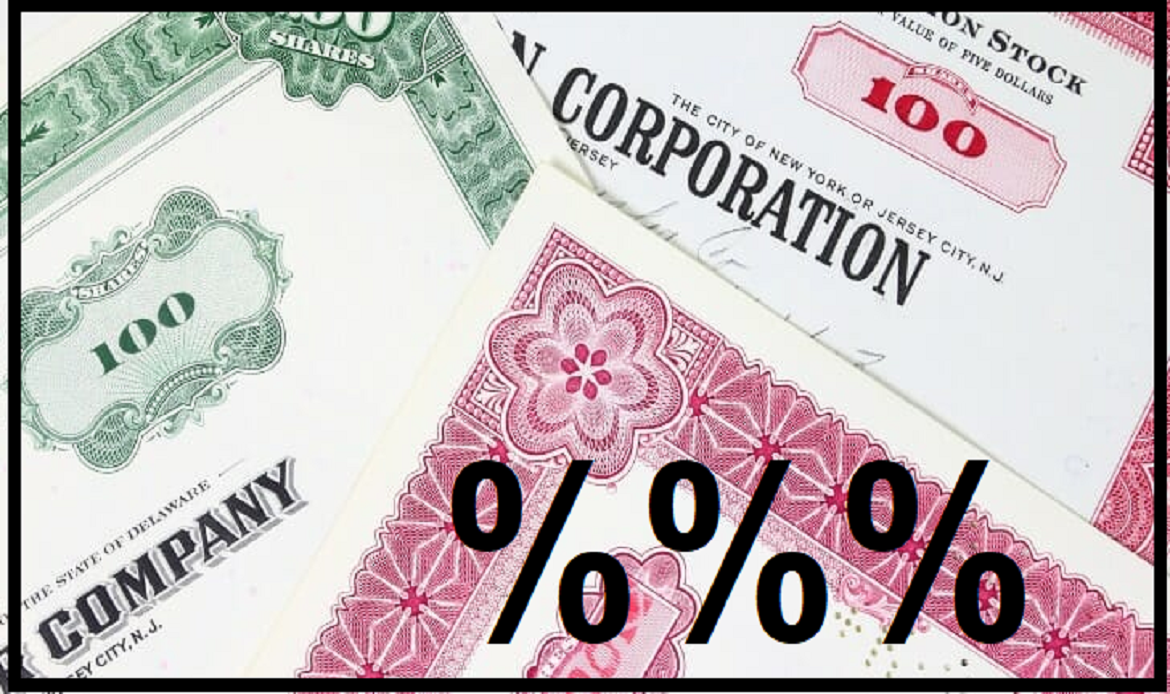A type of liquidity spiral that arises for leveraged entities/ investors. A loss spiral forms when assets decline in value, and consequently an entity’s or investor’s equity corresponding to these assets erodes much faster than their gross exposure (equity plus leverage). In turn, the extent/ ability to attain leverage decreases, necessitating further liquidation of existing assets. As a result, downward pressure on asset price ensues, forcing further drops.
For example, assume an investor holds $10 million worth of assets on 10% margin (corresponding to a leverage ratio of 10). This implies that the investor uses only $1 million out of its own funds (capital) and finances the remainder ($9 million) by borrowing (leverage).
If the value of the assets held experiences a decline of 5% (to $9.5 million), the investor is said to have lost $0.5 million (out of its equity). The investor, in order to hold the same leverage ration unchanged, will have to adjust the overall position to $5 million, by selling assets worth $4.5 million.
The new position composition = 0.5 + 4.5 = $5 million
[At a leverage ratio of 10 (overall position is still ten times equity)]
The asset sale impacts the price further downward, inducing more further rounds of selling and so on (i.e., the spiral).







